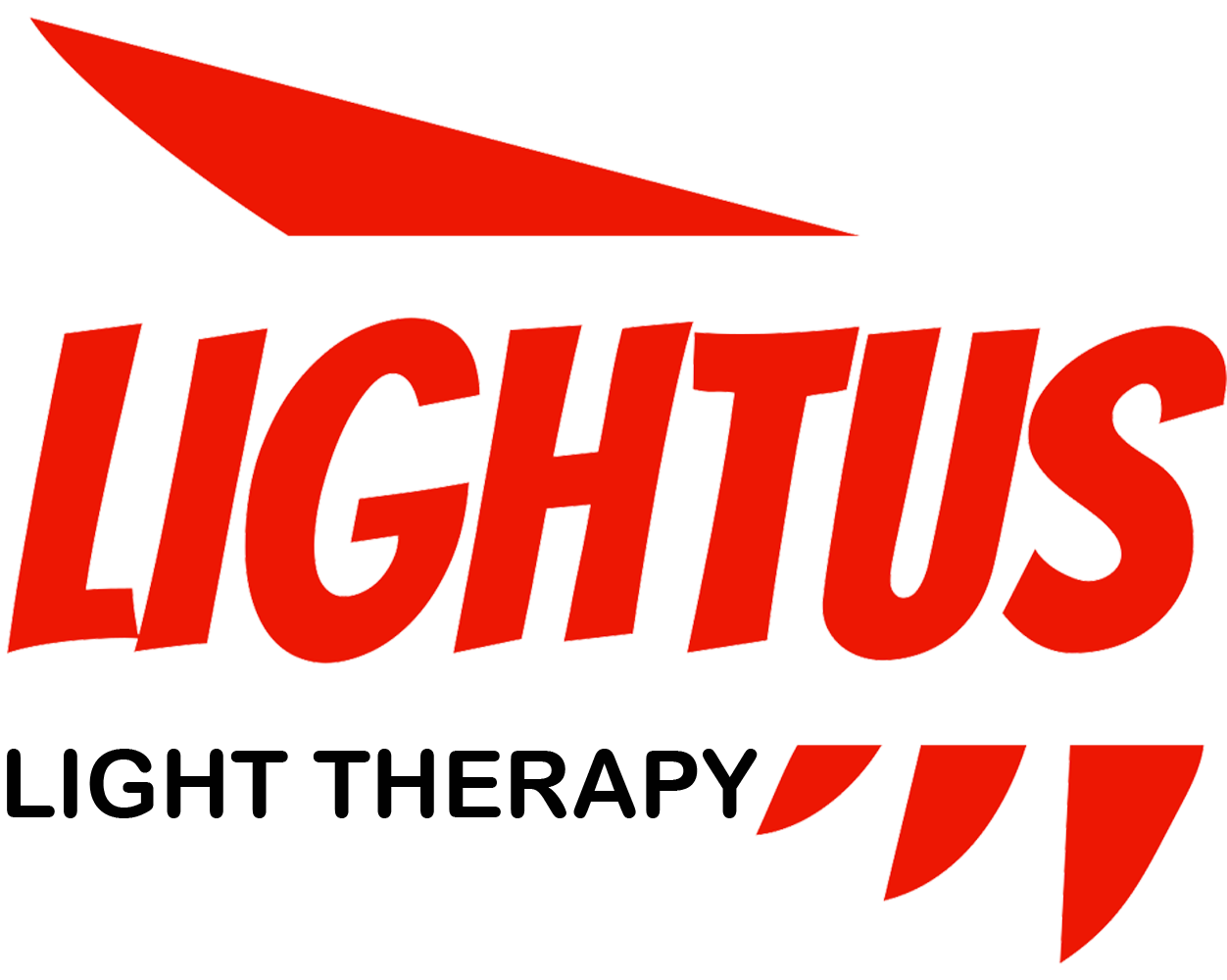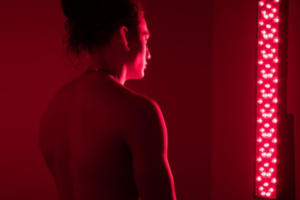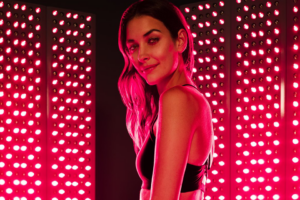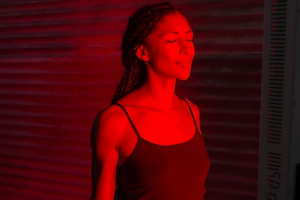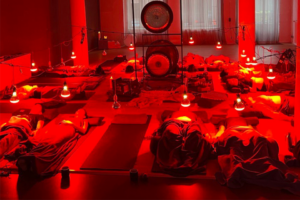Unveiling the Power of Red Light Therapy: LED Light Treatment for Optimal Health and Beauty

Red light therapy, also known as LED light therapy, is a revolutionary non-invasive treatment that’s gaining popularity in the health and beauty world. This article explores the science behind red light therapy, its numerous benefits, and how you can incorporate it into your wellness routine. Whether you’re looking to improve your skin, boost hair growth, or alleviate pain, red light therapy may offer a solution. Read on to discover why this innovative treatment is worth considering and how it might transform your approach to self-care.
Table of Contents
What is Red Light Therapy and How Does It Work?
Red light therapy is a treatment that uses low-wavelength red light to improve your skin’s appearance, reduce inflammation, and promote healing. It works by exposing your skin to red and near-infrared light, which penetrates the skin at different depths.The science behind red light therapy is based on the principle of photobiomodulation. When specific wavelengths of light are absorbed by our cells, particularly the mitochondria (the powerhouses of our cells), it stimulates various biological processes. This can lead to:
- Increased cellular energy production
- Enhanced blood circulation
- Reduced inflammation
- Stimulation of collagen production
Typically, red light therapy devices use wavelengths between 630-660 nm (red light) and 810-850 nm (near-infrared light). These wavelengths have been shown to be most effective for therapeutic purposes.
What Are the Key Benefits of Red Light Therapy?
Red light therapy offers a wide range of potential benefits, supported by a growing body of scientific research. Some of the most notable advantages include:
- Improved skin health: Red light therapy may help reduce wrinkles, fine lines, and age spots.
- Enhanced wound healing: It can accelerate the healing process for cuts, burns, and other skin injuries.
- Reduced inflammation: This therapy may help alleviate chronic inflammation throughout the body.
- Pain relief: Many users report reduced pain from conditions like arthritis and muscle soreness.
- Hair growth stimulation: Some studies suggest it can help with hair loss and promote thicker hair growth.
- Improved sleep: Red light exposure may help regulate your circadian rhythm for better sleep.
It’s important to note that while many of these benefits are supported by scientific studies, more research is needed to fully understand the extent and long-term effects of red light therapy.
How Can Red Light Therapy Improve Skin Health?
One of the most popular applications of red light therapy is for skin health and rejuvenation. Here’s how it can benefit your skin:
- Collagen production: Red light stimulates fibroblasts, the cells responsible for producing collagen. This can help reduce the appearance of wrinkles and improve skin elasticity.
- Reduced inflammation: The anti-inflammatory properties of red light can help calm skin conditions such as rosacea, eczema, and acne.
- Improved circulation: Red light therapy enhances blood flow to the skin, promoting a healthy, radiant complexion.
- Faster healing: It can speed up the healing process of wounds, cuts, and other skin damage.
- Sun damage repair: Regular use may help reverse some effects of sun damage and reduce age spots.
Studies have shown that handheld red light therapy devices can be particularly effective for targeted skin treatments.

Can Red Light Therapy Help with Hair Growth?
Yes, red light therapy has shown promising results in promoting hair growth and treating hair loss. Here’s how it works:
- Stimulating hair follicles: Red light therapy can increase blood flow to the scalp, potentially stimulating dormant hair follicles.
- Extending the growth phase: The therapy may help prolong the anagen (growth) phase of the hair cycle.
- Increasing hair density and thickness: Some studies have shown improvements in both hair density and thickness with regular use of red light therapy.
- Reducing inflammation: By calming inflammation in the scalp, red light therapy may create a more favorable environment for hair growth.
While more research is needed, early results are encouraging. LED light therapy devices designed specifically for hair growth are now available for at-home use, making this treatment more accessible than ever.
What Types of Red Light Therapy Devices Are Available?
There’s a wide range of red light therapy devices available on the market, catering to different needs and preferences:
- Full-body panels: These large devices are designed to treat the entire body at once.
- Handheld devices: Smaller, portable options for targeted treatments.
- Face masks: Specifically designed to treat facial skin concerns.
- Caps or helmets: Used primarily for hair growth treatments.
- Belts and wraps: Flexible options for treating specific body areas like knees or backs.
- Light therapy beds: Similar to tanning beds, but emitting therapeutic red and near-infrared light instead of UV rays.
When choosing a device, consider factors like the treatment area, convenience, and your specific health goals. For example, a red light therapy panel might be ideal for full-body treatments, while a handheld device could be perfect for targeted facial treatments.
How Do You Use Red Light Therapy at Home?
Using red light therapy at home can be a convenient and cost-effective way to incorporate this treatment into your routine. Here are some tips for at-home use:
- Choose the right device: Select a device that suits your needs and has been cleared by the FDA for home use.
- Clean your skin: Always start with clean, makeup-free skin for best results.
- Position correctly: Follow the manufacturer’s instructions for the optimal distance between the device and your skin.
- Protect your eyes: While red light is generally safe, it’s bright. Wear the protective goggles that often come with the devices.
- Be consistent: Regular treatments are key. Most devices recommend daily use for several weeks to see results.
- Don’t overdo it: More isn’t always better. Stick to the recommended treatment times to avoid potential side effects.
- Combine with other treatments: Red light therapy can complement your existing skincare routine. For example, you might use it after applying serums for enhanced absorption.
Remember, while at-home devices can be effective, they’re typically less powerful than professional-grade equipment. For more intensive treatments, you might consider visiting a spa or dermatologist that offers red light therapy services.
Are There Any Side Effects or Risks Associated with Red Light Therapy?
Red light therapy is generally considered safe with few reported side effects. However, as with any treatment, there are some potential risks to be aware of:
- Eye strain: Direct exposure to bright light can cause temporary eye discomfort. It’s recommended to wear protective goggles during treatment.
- Skin irritation: Some people may experience mild redness or warmth in the treated area, which typically subsides quickly.
- Headaches: In rare cases, people have reported headaches after treatment, particularly when using devices with a strong light intensity.
- Photosensitivity: Certain medications can make your skin more sensitive to light. Always consult with a healthcare provider if you’re taking any medications before starting red light therapy.
It’s important to follow the manufacturer’s instructions and recommended treatment times when using red light therapy devices to minimize any potential risks.
How Does Red Light Therapy Compare to Other Skin Treatments?
When considering red light therapy, it’s helpful to understand how it compares to other popular skin treatments:
| Treatment | Invasiveness | Downtime | Cost | Results |
|---|---|---|---|---|
| Red Light Therapy | Non-invasive | None | $$ | Gradual improvement |
| Chemical Peels | Minimally invasive | 1-7 days | $$ | Immediate visible results |
| Microdermabrasion | Minimally invasive | None | $$ | Immediate but subtle |
| Laser Resurfacing | Invasive | 3-10 days | $$$ | Significant, long-lasting |
| Botox | Minimally invasive | None | $$$ | Immediate, lasts 3-6 months |
Red light therapy stands out for its non-invasive nature and lack of downtime. While results may be more gradual, it’s a safe option for regular, long-term use.
What Does the Future Hold for Red Light Therapy?
The future of red light therapy looks promising, with ongoing research exploring new applications and refining existing treatments. Some exciting areas of study include:
- Mental health: Preliminary research suggests potential benefits for conditions like depression and anxiety.
- Cognitive function: Studies are exploring the use of red light therapy for brain health and cognitive enhancement.
- Athletic performance: There’s growing interest in how red light therapy might improve muscle recovery and athletic performance.
- Combination therapies: Researchers are investigating how red light therapy can be combined with other treatments for enhanced outcomes.
- Personalized protocols: As we learn more about individual responses to light therapy, we may see more personalized treatment plans developed.
- Advanced devices: We can expect to see more sophisticated, user-friendly devices hitting the market, like the currentbody skin LED light therapy mask.
As research continues, we’ll likely see red light therapy become an even more integral part of both medical treatments and everyday wellness routines.
Key Takeaways: The Power of Red Light Therapy
To summarize, here are the most important points to remember about red light therapy:
- Red light therapy uses specific wavelengths of light to stimulate cellular function and promote healing.
- It offers a wide range of potential benefits, including improved skin health, reduced pain and inflammation, enhanced wound healing, and stimulated hair growth.
- Red light therapy is generally safe with few side effects, making it an attractive option for those seeking non-invasive treatments.
- At-home devices make red light therapy more accessible than ever, but consistency is key for optimal results.
- While effective on its own, red light therapy can also complement other skincare and wellness treatments.
- Ongoing research continues to explore new applications and refine existing treatments, promising an exciting future for this innovative therapy.
As with any health treatment, it’s essential to approach red light therapy with realistic expectations and to consult with healthcare professionals when appropriate. By understanding its potential benefits and limitations, you can make informed decisions about incorporating red light therapy into your health and wellness routine.
A typical red light therapy device used for full-body treatment
